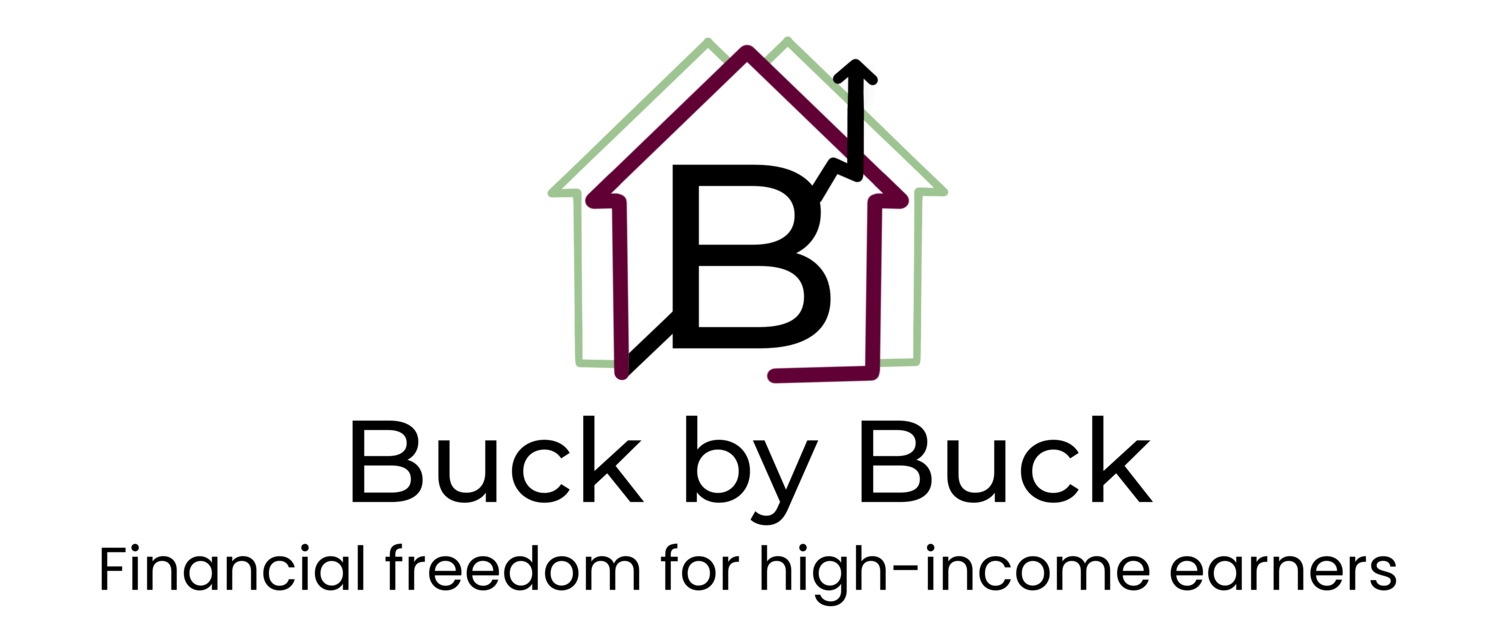Negotiation Tactics When Buying a Home
In today’s real estate market, you really need to know what you’re doing. Interest rates haven’t been this high in decades, pushing most home buyers to the sidelines. It’s also sidelined sellers since they know fewer people can afford homes with such high interest rates. Often, sellers plan to immediately become buyers once they’ve sold their home since they need a new place to live. In doing so, they’d have to give up their (likely) low interest rate loan when they sell and take on today’s high interest rates when repurchasing. Again, since this is not a desirable outcome for sellers, even fewer people are putting their homes on the market.
That’s all to say that inventory and demand are low, bringing the market to a grinding halt. However, if you’ve been keeping a close eye on your local market this year, the few brave sellers willing to sell their homes have been dropping their list prices quite a lot. So perhaps, if you’re careful, you may actually be in a good position to buy a home now despite today’s high interest rate environment. Read on to find out how!
Timing the Purchase
Timing the market is hardly ever a good idea. As they say, “Time in the market beats timing the market.” However, if you’re a patient homebuyer, I highly recommend keeping watch on properties you’re interested in that have been on the market for a while. The longer sellers wait to sell their property, the more desperate they become.
Additionally, the longer they have their home on the market, the higher the odds they will drop the price of their listing. And in this high interest rate market, most sellers have conceded and had to lower prices multiple times. So do your research and find homes with a high DOM (days on market) with multiple price drops in their sale history. You may be able to buy a home under market value!
Contingencies
Sellers who have their homes for sale today are likely trying to sell for a reason: They need to. That puts leverage into the hands of buyers. So, if you want to reduce risk by throwing extra contingencies into your offer, now’s a great time. Sellers are more likely than ever to accept offers with contingencies. Why? They don’t have many offers to begin with, if any.
Once your offer is accepted, if a contingency works in your favor (e.g., an issue discovered after the home inspection or the interest rate is too high), you can use this as yet another opportunity as leverage to ask for a discount on the home price, cash from the seller to you, or to handle repairs.
Dealing With Interest Rates
When you buy a home, you are locking in the purchase price of the home; you are not locking in anything else. Everything else can and will fluctuate, including property taxes, home insurance, and, most importantly, your mortgage. You don’t have to keep the mortgage you got at the time of purchase. You can always refi out of it and into a new one. However, refinancing costs money, so you can’t just refi every time interest rates drop a quarter-point. As a rule of thumb, you must wait until interest rates are lower by 1, if not 2, whole percentage points lower than your current rate for a refi to make financial sense. Ultimately, you have to do the math to see how much you will save every month by refinancing and reducing your savings by the cost of the refinance itself.
Let’s look at an example of a 30-yr fixed-rate mortgage with an 8% interest rate and a $500,000 loan balance.
Monthly mortgage: $3,669
Cost to refi (approximate): 2% of loan balance = $10,000
Calculating the breakeven point of a refinance will obviously depend on the new interest rate, but it also depends on how long you plan to hold the next mortgage. For example, let’s assume you refinance with a 7% interest rate. Also, for those of you who are pedantic, let’s also assume the loan balance hasn’t changed at all (i.e., no principal paydown) to keep the example simple:
New monthly mortgage: $3,327
Monthly savings: $342
Savings depend on how long you hold the new loan:
Held 1 year: 12 months x $342 = $4,104
Held 2 years: 2 years x $342 = $8,208
Held 3 years: 3 years x $342 = $12,312
As you can see, sometime between years 2 and 3 of the new loan, you saved enough to make up for the $10K refinance cost. Additionally, this example illustrates how big a difference 1% in interest rate matters on a large loan balance. Imagine your savings if you refi when interest rates are 1.5-2% lower!
Final Thoughts
As a homebuyer in today’s high interest rate market, I can safely assume you plan to refinance the mortgage once interest rates drop. We don’t know when that will happen exactly, but most believe it will start in 2024 and see more significant drops in 2025. In any case, it will take a minimum of a couple of years but probably not more than five years from now. So, one last thing I recommend is to shop around for an ARM (adjustable-rate mortgage) instead of a fixed-rate mortgage. ARM rates may be slightly lower than fixed rates. Just give yourself (and the interest rates) time to come down significantly several years from now.
Hopefully, the idea of home buying became more palatable for you. It’s scary to take on such high interest rates today, but think long term. You have a lot of leverage today by finding desperate sellers with nowhere to run except for your under-list price offer! Perhaps you might just end up on top if you’re patient.

